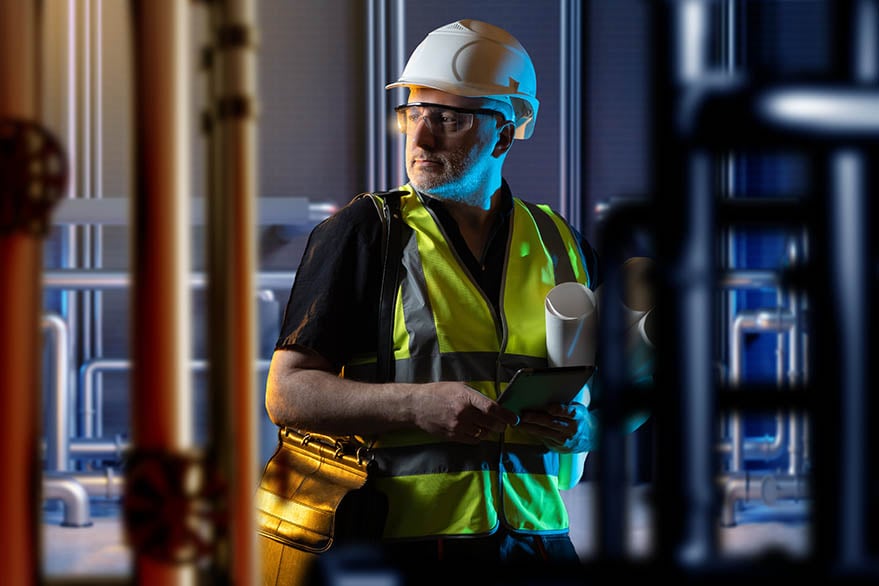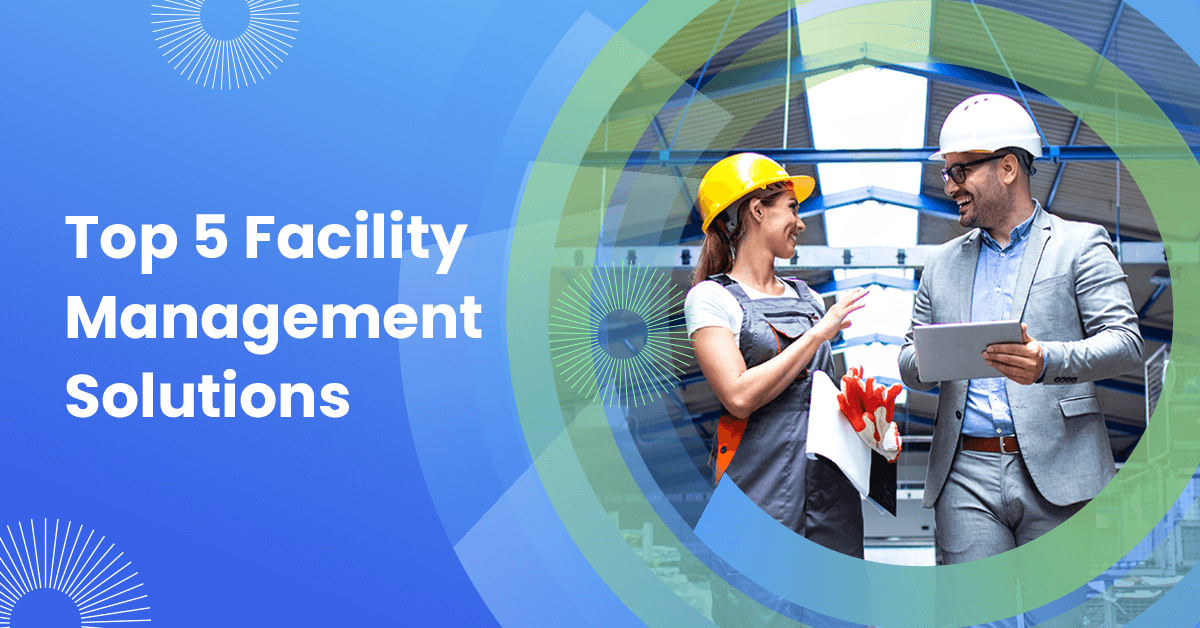Make The Most Of Performance and Security: Ideal Practices in Center Management
In today's swiftly progressing landscape, taking full advantage of performance and safety in center monitoring has actually become a crucial focus for organizations striving to improve operational efficiency. By incorporating clever modern technology, focusing on maintenance protocols, and fostering a culture of security, center managers can dramatically enhance both productivity and compliance.
Embrace Smart Modern Technology

Executing clever sensing units and automation systems enables specific tracking of ecological conditions, tenancy levels, and devices performance. This data-driven method not just informs decision-making but additionally supports anticipating maintenance, decreasing downtime and prolonging possession life. Furthermore, wise innovation improves customer experience by creating flexible settings that react to the requirements of occupants.
Incorporating smart platforms also advertises sustainability initiatives, such as energy-efficient lights and a/c systems, contributing to reduced carbon impacts. By embracing these technologies, facility supervisors can make sure that their operations continue to be affordable, resilient, and straightened with contemporary sustainability goals. Inevitably, the change towards wise modern technology represents a transformative step in redefining center management for a more effective and lasting future.
Prioritize Regular Maintenance
Normal maintenance is important for making certain the longevity and efficiency of facility operations. A well-structured maintenance program not just extends the life of equipment and infrastructure but also decreases the possibility of unforeseen failures that can interrupt operations. By focusing on normal upkeep, center supervisors can identify potential problems early, permitting prompt treatments that minimize pricey repairs and downtime.
Developing a regular upkeep timetable is necessary. This need to include normal inspections, maintenance, and essential repair services for all devices, a/c systems, plumbing, and electrical systems. Utilizing a digital upkeep management system (CMMS) can streamline this process, providing monitoring and informs for upcoming maintenance tasks.
Furthermore, cultivating a culture of accountability amongst personnel improves the effectiveness of upkeep efforts. Educating employees to report and recognize maintenance issues can bring about positive management instead than reactive actions. Furthermore, recording maintenance tasks ensures conformity with safety and security guidelines and offers valuable understandings for future planning.
Implement Safety And Security Training Programs
A thorough safety and security training program is important for cultivating a safe and secure working environment in any kind of facility. Facility Management. Such programs furnish staff members with the knowledge and skills needed to identify threats, execute safety procedures, and react successfully in emergencies. By prioritizing security training, companies can considerably decrease the threat of injuries and helpful resources mishaps, thus enhancing total productivity
To execute a reliable security training program, it is essential to customize the web content to the specific needs of the facility and its operations. This includes conducting an extensive risk evaluation to recognize possible risks one-of-a-kind to the workplace. Training should incorporate a selection of subjects such as proper tools usage, emergency evacuation procedures, and emergency treatment methods.
In addition, it is crucial to engage employees actively during training sessions. Using hands-on demonstrations and real-life scenarios can enhance understanding and retention of safety methods. Routine correspondence course should additionally be arranged to maintain security understanding at the center.
Optimize Room Use
Reliable space use is a critical component of facility management that directly impacts functional effectiveness and cost-effectiveness. Organizations typically have a hard time with underutilized or chock-full areas, causing ineffectiveness and boosted costs. To maximize room use, center supervisors must carry out regular assessments to identify exactly how areas are currently being used and where renovations can be made.
Executing flexible workspace designs, such as open workplace formats or modular furnishings, can substantially enhance adaptability to transforming requirements. Additionally, leveraging modern technology, such as space management software program, can supply important insights right into occupancy patterns and assist recognize underused areas.

Establish Clear Interaction Channels
Optimizing area utilization usually exposes the demand for robust interaction strategies within a facility. Clear communication networks are important for facilitating efficient collaboration among team, upkeep teams, and administration. By establishing these networks, center managers can make certain that information streams seamlessly regarding space usage, operational adjustments, and safety procedures.
Applying a multi-faceted communication method-- incorporating digital platforms, such as emails and group cooperation tools, with face-to-face communications-- can significantly enhance interaction and info dissemination. Normal conferences should be arranged to go over recurring projects, address issues, and share updates. Furthermore, developing a central details center, such as an intranet, enables employees to access essential papers and news quickly.
Additionally, comments devices are necessary to evaluate the efficiency of communication techniques. Encouraging team to share their understandings can result in improvements and foster a culture of openness. Training programs concentrated on interaction abilities can even more empower employees to communicate details plainly and properly.
Inevitably, establishing clear communication networks not only maximizes efficiency but additionally improves safety by helpful resources making sure that everyone is educated and straightened with the facility's functional objectives.

Conclusion
In verdict, the combination of wise innovation, routine upkeep, extensive safety and security training, optimized space utilization, and reliable communication channels jointly improves efficiency and safety and security in center administration. These finest techniques offer as important elements for efficient facility administration.
In today's quickly evolving landscape, maximizing efficiency and safety in center administration has actually become a vital focus for organizations making every effort to enhance functional performance. By integrating clever technology, focusing on upkeep protocols, and fostering a culture of safety and security, center supervisors can dramatically boost both productivity and compliance.To carry out an effective safety training program, it is essential to customize the material to the particular requirements of the center and its procedures. By establishing these channels, facility managers can make try here certain that info flows flawlessly pertaining to room use, functional adjustments, and security protocols.
In conclusion, the integration of smart innovation, regular upkeep, detailed safety and security training, optimized area usage, and reliable interaction networks collectively enhances efficiency and safety in facility management. - Facility Management